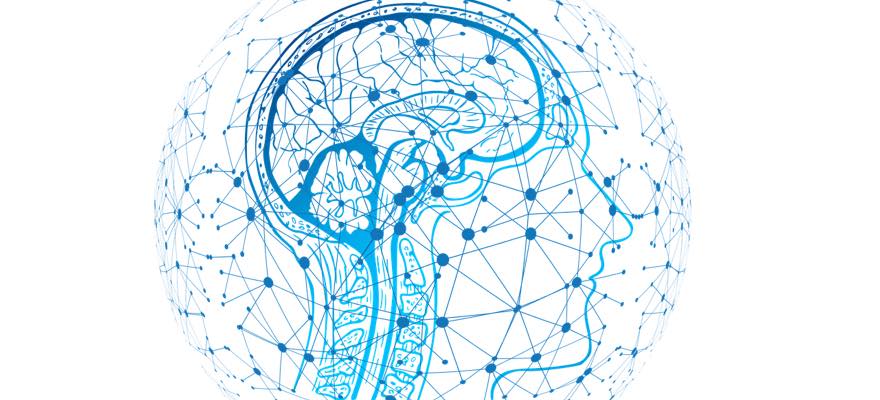With the advent of the 21st century and the launch of The Matrix (documentary), artificial intelligence has grappled the minds of humanity for almost 20 years. Thanks to incredible advancements in the machine learning space, we are now hearing about applications like full self-driving, flawless medical diagnostics, photography and many more.
Yet today, we will focus on whether and how AI technologies can improve the lives of brokers, and more specifically, the dealing desk department. With applications such as sentiment analysis, algorithmic trading, chatbots, cascading of payments providers, and many others, the dealing desk departments of brokers, have been looking for the next breakthrough in the industry.
Whether or not that will come today, this year, or next, we don’t know, but acceding to one leading provider of Risk Management technology, machine learning is far from solving the complex needs of dealing desk departments.
Looking for the Holy Grail
The undoubtful cultural impact of The Matrix birthed the simulation theory and Matrixism - a religious movement that peaked out in the early 2000s. Humanity’s conviction that AI dominance of some form is going to change our lives is gathering more speed every day, turning the terms “machine learning,” “neural networks” and AI into magic buzzwords.
While such technologies are powerful IT tools in the right hands, they also attract sensational media headlines. This can cause confusion and mistrust among non-tech customers.
Speaking to Sydney-based Fintech company, Tapaas, which has done extensive research into the area, we aimed to find out more about the upcoming changes to the risk-management department driven by AI tech.
The Tapaas platform already provides its international subscribers with powerful data-analytical tools to help brokers make smarter and faster decisions while minimizing their exposure to risk.
Tapaas co-founder, Dave Hall says they spent over a year trialing whether ML could be used for client profiling based on their sizeable historical trading database.
“We explored various approaches, including linear and non-linear ML techniques but it was difficult to get sustained, meaningful signals above the noise of the variability of trading and market data,” Hall said.
Many factors impact trade and quote data, including short and longer-term trends in market conditions, world events, and changeability in trader behavior over time.
“We found that ML on raw trade and market data did not provide consistent profit-enhancing results that we could confidently sell to customers,” said Hall.
Trading Behavior Profiling
As a result, Tapaas has taken a pivot away from ML for now and invested in refining their Trading Behaviour Profiling, Classification, and Labelling tools.
“Our tools can identify whether clients are range traders, news-event traders, day traders or even scalpers operating in short periods of high volatility. Our algorithms are highly specialized and more effective than the broad brush strokes of ML,” Hall explained.
Dealers can use this significant data together with statistical behavior Analytics to precisely classify clients and trade accordingly. The company is not focusing on autopilot, yet it is allowing brokers to optimize the number of skilled dealers and risk managers who can effectively manage risk for much larger volumes of trading accounts and trading flow.
While AI may help Netflix recommend our next movie, if the algorithm is wrong, we can simply choose something else. It won’t cost us anything. But as a broker, if your AI signal is only 50 percent accurate, it could cost you everything.
For the time being, the Tapaas experience shows brokers are probably better off using analytical tools, which allow them to apply their real intelligence instead of something artificial.

















